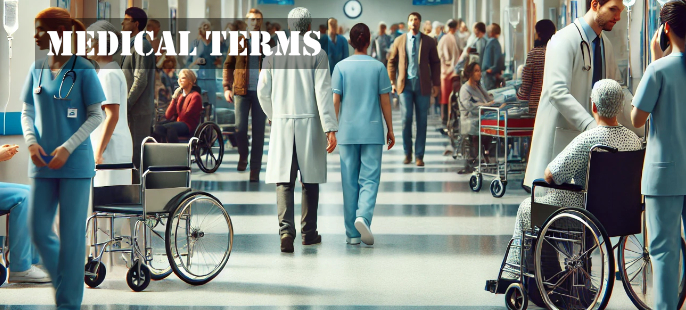Understanding Antibiotic Resistance: A Growing Threat
Antibiotic resistance is a major global health challenge that threatens the effective treatment of infectious diseases. It occurs when bacteria evolve mechanisms to withstand the drugs that once killed them or inhibited their growth. As a result, common infections that were previously manageable with antibiotics are becoming harder to treat, leading to longer hospital stays, higher medical costs, and increased mortality.
The Evolution of Antibiotic Resistance
The discovery of antibiotics revolutionized medicine, providing a powerful tool against bacterial infections. However, bacteria are highly adaptable organisms capable of rapid genetic change. Antibiotic resistance arises through natural selection—when exposed to antibiotics, the most susceptible bacteria die off while resistant ones survive and multiply. This process is accelerated by the overuse and misuse of antibiotics in human medicine and agriculture, creating environments where resistant strains can thrive and spread.
Mechanisms of Resistance
Bacteria can resist antibiotics through several mechanisms. They may produce enzymes that deactivate the drug, alter the drug’s target site, or enhance efflux pumps to expel the drug from their cells. Genetic mutations can also contribute to resistance, and bacteria can exchange resistance genes through horizontal gene transfer. This genetic exchange allows resistance traits to disseminate rapidly across bacterial populations and species.
Impact on Public Health
The rise of antibiotic-resistant infections poses significant challenges for public health. Diseases such as tuberculosis, gonorrhea, and urinary tract infections are becoming increasingly difficult to treat. In some cases, infections caused by resistant bacteria require more toxic, expensive, or less effective treatments, prolonging illness and increasing the risk of complications. The World Health Organization has identified antibiotic resistance as one of the top 10 global public health threats facing humanity.
Economic and Social Implications
The economic burden of antibiotic resistance is substantial. It leads to increased healthcare costs due to prolonged hospital stays, the need for more intensive care, and the use of more expensive drugs. This burden is felt most acutely in low- and middle-income countries, where resources are already limited. Additionally, antibiotic resistance threatens the success of surgeries, cancer therapies, and other medical procedures that rely on effective antibiotics to prevent and treat infections.
Strategies to Combat Antibiotic Resistance
Addressing antibiotic resistance requires a multifaceted approach. Key strategies include:
1. Prudent Use of Antibiotics
Healthcare providers must prescribe antibiotics judiciously, ensuring that they are used only when necessary and in the appropriate dosage and duration. Patients should adhere to prescribed treatments and avoid demanding antibiotics for viral infections like the common cold or flu.
2. Infection Prevention and Control
Implementing stringent infection prevention and control measures in healthcare settings can reduce the spread of resistant bacteria. This includes hand hygiene, sterilization of medical equipment, and isolation of infected patients when necessary.
3. Surveillance and Research
Enhanced surveillance systems are essential to monitor the spread of antibiotic resistance. Research efforts must focus on developing new antibiotics, alternative therapies, and rapid diagnostic tools to detect resistant infections early.
4. Public Education and Awareness
Raising awareness about antibiotic resistance and promoting responsible use of antibiotics among the public is crucial. Educational campaigns can encourage behaviors that reduce the spread of infections, such as vaccination and proper hygiene practices.
5. Global Collaboration
Antibiotic resistance is a global issue that requires international cooperation. Countries must work together to share data, resources, and strategies to tackle resistance effectively. Global initiatives, such as the World Health Organization’s Global Action Plan on Antimicrobial Resistance, aim to coordinate efforts across nations.
The Role of Innovation in Combating Resistance
Innovation plays a critical role in combating antibiotic resistance. Researchers are exploring novel approaches, such as bacteriophage therapy, which uses viruses that target specific bacteria. Additionally, advancements in genomics and biotechnology hold promise for the development of new antibiotics and alternative treatments.
Antibiotic resistance is a pressing medical and public health challenge that demands immediate attention. By implementing strategies for responsible antibiotic use, improving infection control, and fostering global collaboration, we can mitigate the impact of resistance and preserve the effectiveness of antibiotics for future generations. Continued investment in research and innovation is essential to stay ahead of resistant pathogens and safeguard public health.

